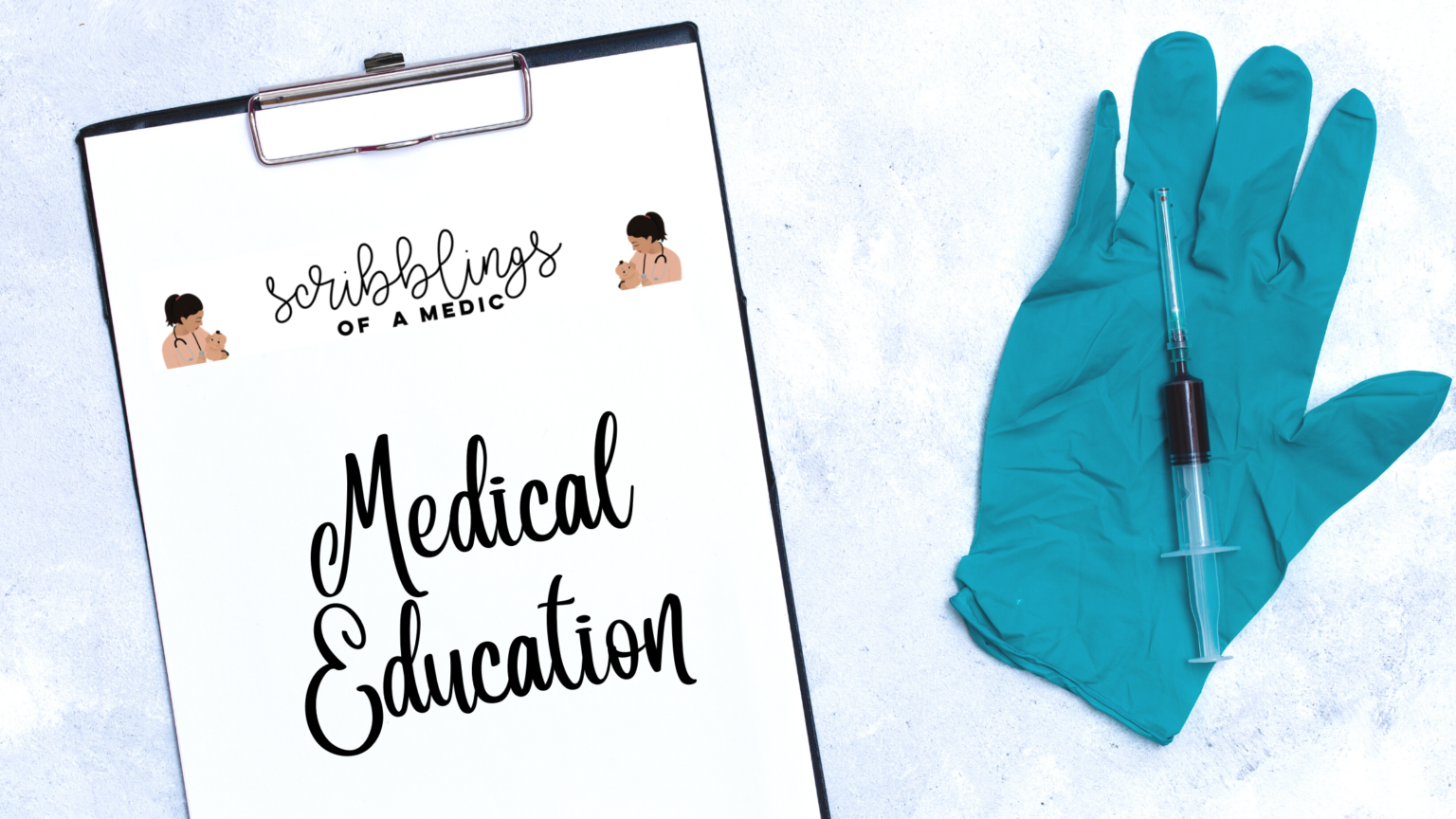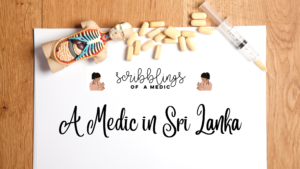Everybody knows somebody (if not themselves) that has an “allergy” – even if they don’t really know what an allergy entails. The standard description of an allergy is a hypersensitive reaction of the body to a substance such as food, drugs or even plasters. The hypersensitive reaction can range from a simple skin itching, to a more fatal anaphylactoid reaction – lip/throat swelling (angioedema) with bronchospasm (contraction of the lung airways) and hypotension (a drop in blood pressure).
Common food allergies include seafood, drug allergies commonly include NSAIDS (ibuprofen and diclofenac) and antibiotics (penicillins and cephalosporins), whilst certain plasters are known to generate skin reactions.
I have encountered patients with allergies and anaphylaxis a number of times in the paediatric ward. Most cases are due to food allergies and are newly diagnosed as children may have never had prior exposure before. Allergies can escalate fast into anaphylaxis and may also recur after 24 hours of settling. I had to deal with anaphylaxis as an intern whilst administrating antivenom serum to a patient (just my luck, I know – you can click on the link to read the case report!).
What happened?

A 6 year old child was rushed into the assessment bay of the paediatric ward with facial swelling, rash and difficulty breathing. The child had consumed prawns an hour
previously and had complained of an itchy throat and vomited once. On admission the child was obviously unwell with facial puffiness (especially periorbital and oral), use of accessory muscles to breathe and was immediately connected to a monitor to assess vitals. Airway, breathing and circulation were assessed. The child was tachycardic, with a weak peripheral pulse and blood pressure of 50/30 mmHg and a SpO2 of 91%. There were no secretions in the airway, but bilateral wheeze was heard on auscultation.
So what did I do?
The patient was supine on the resuscitation bed and the bed head was elevated to 45 degrees to aid breathing. Whilst applying a high flow oxygen facemask and alerting the critical care team for a possible intubation/cricothyroidectomy, IM adrenaline 0.2 ml (0.01ml/kg of 1:1000) was administered into the lateral aspect of the child’s right thigh. The child almost instantly appeared better and saturations and blood pressure slowly improved. IV chlorphenaramine 5mg and IV hydrocortisone 80 mg were also given. The child was monitored continuously for 24 hours for a recurrent reaction. No repeat adrenaline dose was required as the patient settled and no IV fluid challenge bolus was given either. Regular salbutamol nebulizations were given as bronchospasms were present.
On history taking, the mother stated that the child had never had prior allergic reactions, but had been diagnosed with asthma at the age of 4 and was on a daily salbutamol inhaler. The child’s elder brother had eczema, but there was no other significant family history of atopy (tendency to develop allergies or hypersensitivity reactions).
The patient had an uneventful recovery and was discharged on oral steroids and oral piriton for a duration of 3 days. Advice on prevention was given and the parents were taught how to use an epi pen.
Taken from the UK Resuscitation council – Emergency treatment of anaphylactic reactions
Discussion
The first plan of management is to remove any allergens still present (the patient had no exposure to shellfish). After assessing the airway, breathing, circulation and disability, the patient should be in the supine position and legs elevated to increase circulation to the brain – if there is no respiratory distress.
All drug doses that were given in the case above were given according to the paediatric weight:
- IM Adrenaline (1 in 1000) – 0.01ml/kg
- IV Hydrocortisone 4mg/kg
Adrenaline is the most important drug to be administered as it reverses the peripheral vasodilation, reduces the oedema, dilates the bronchial airways and reduces mast cell activation. All this dampens down the hypersensitive reaction. Intramuscular is an easy route to administer (ensure the needle is long enough to inject into the muscle. There is a greater risk of side effects with intravenous administration of adrenaline and hence it should be only given by specialists.
In anaphylaxis, vasodilation can occur resulting in shock. IV fluid challenge may therefore be given if unresponsive to adrenaline. Antihistamines by slow IV may help counter the vasodilatation and bronchoconstriction.
To avoid a biphasic (late) reaction (which can occur especially for asthmatics who may have had steroid treatment previously), steroids must be given even on discharge. They take between 4-6 hours to act as steroids act on intracellular receptors of the cell to eventually dampen down the hyperimmune reaction.
Mast cell tryptase levels is a specific test to confirm diagnosis of anaphylaxis and is done in the UK. The test is not available in Sri Lanka. The blood tryptase level increases as the mast cell degranulates in the inflammatory process. If one sample is taken, it should be done atleast 1 -2 hours after symptom onset. Ideally 3 samples should be taken to have higher sensitivity and specificity – initial sample as soon as possible, 2nd sample 1-2 hrs post onset of symptoms and the 3rd sample at 24 hours.
The epinephrine (adrenaline) pen is available at 0.15 mg or 0.3 mg and can be auto injected by patients at high risk of anaphylaxis. Patients should also receive a list of potential triggers to help prevent future attacks. In the UK, medical alert bracelets can also be provided for those at high risk of anaphylactic reactions.
Conclusion
Allergies are very common and should not be taken lightly as anaphhylaxis can always be a consequence. Approximately 30 – 950 cases of anaphylaxis occurs every 100,000 persons per year in America. No data statistics are available for Sri Lanka.
Adrenaline is the drug of choice and should not be delayed at any cost. Steroids and anti-histamines can be given to counteract the inflammation, but are 2nd line. Common triggers include stings (bee/wasp), nuts, seafood, antibiotics, anaesthetics and contrast medium. For simple allergies with no life threatening features, a short course of oral steroids and antihistamines will suffice. Remember that precautionary advice should always be given to patients before discharge.
The UK resuscitation council has concise guidelines on the management of anaphylaxis, and this should be followed when suspecting anaphylaxis in patients. Have you ever encountered patients with allergies? What has your experience been like?





